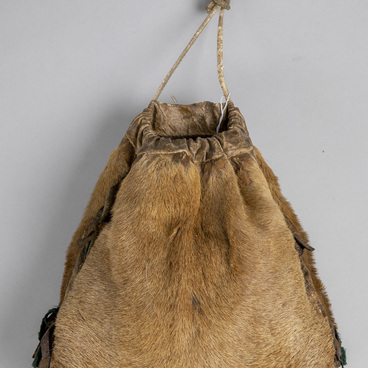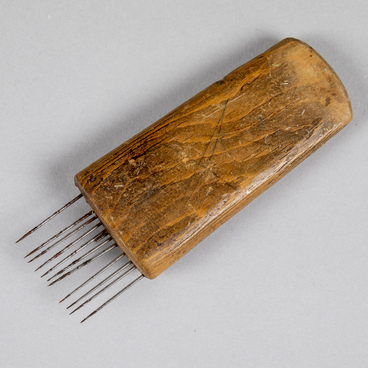For centuries, fishing has been the main traditional activity of the Yugan Khanty. This explains why the most prominent part of the Khanty vocabulary is devoted to fishing terms. Because the Khanty lived in a rather isolated environment, this vocabulary stayed the same until the 19th century, when the fisheries of the Russian Empire on the river Ob became rather developed. This is also when Russian fishing vocabulary began making its way into the Khanty language.
Before the arrival of Russian settlers, the Khanty used traditional woven traps and fences made of stakes and nets. The most popular variations of fishing nets were ones that had the shape of a bag and those woven from nettle threads, like koldan (kolydan), vazhan.
According to the scientist and Siberia researcher Mikhail Alekseyevich Sergeyev, the Khanty “also caught fish with a simple hook (made of iron or bone) attached to a float”. The fishing line was braided from elk or deer tendons.
It should be noted that initially it was the Russian settlers who began adopting the Khanty fishing vocabulary. The Khanty knew all the fishing spots and fish habitats perfectly. They knew how to get there the fastest and when to go and shared their knowledge on the preferred ways of catching local species of fish. The Khanty taught the Russian settlers how to fish with dams — a type of passive fishing that is still practiced to this day.
The introduction of new and improved fishing equipment and techniques to the Khanty fishermen led to them borrowing terms for such things from the Russian language. And so, the vocabulary of the Yugan dialect of the Khanty language gained several new terms centered around fishing. Semantic borrowings have occurred in the following lexical groups of the Khanty language:




